Corporate Headquarters
475 Metro place South, Suite 120, Dublin, OH 43017, USA,
Direct: +1 614-707-5225
Global Technology Center
SKCL Infinite Towers, A21 & A22, Thiru-vi-ka Ind. Estate, Guindy, Chennai-600032, India,
Direct: +91 (44)-2250-1363
Virtual Reality
in Workforce
Virtual Reality (VR) advances workforce training through immersive simulations and interactive experiences. VR enhances learning retention and engagement, providing safe environments for hands-on practice. Employees can acquire practical knowledge more efficiently, which improves performance and productivity.
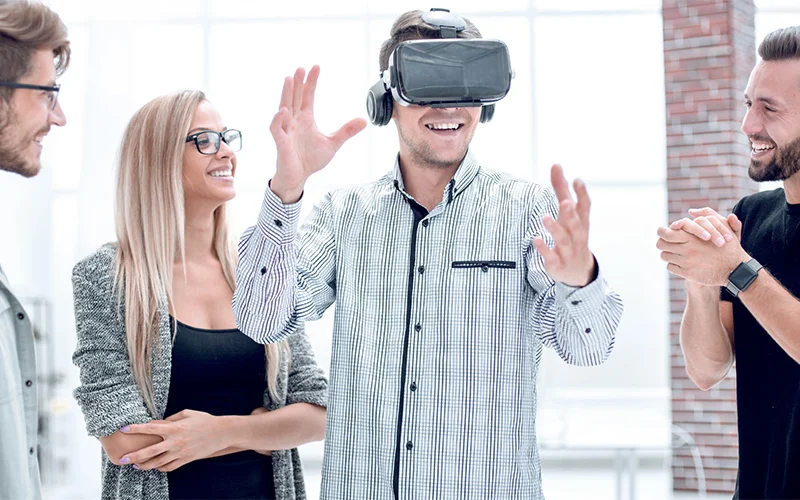
Why Use Virtual Reality (VR) in Workforce
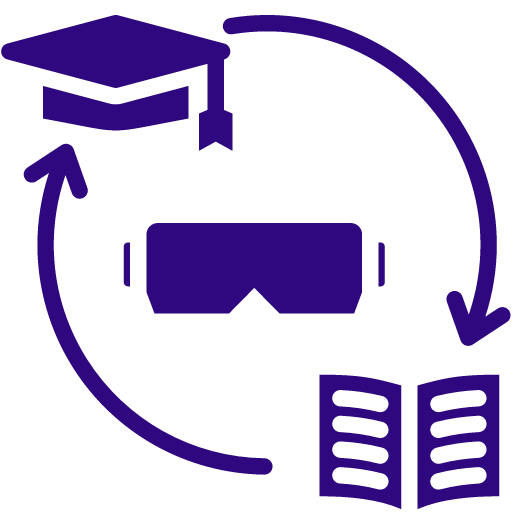
Enhanced Training and Development
VR provides immersive training experiences that simulate real-world scenarios, allowing employees to learn new skills, practice procedures, and improve performance in a safe and controlled environment. This accelerates skills development, reduces training time, and enhances workforce readiness.
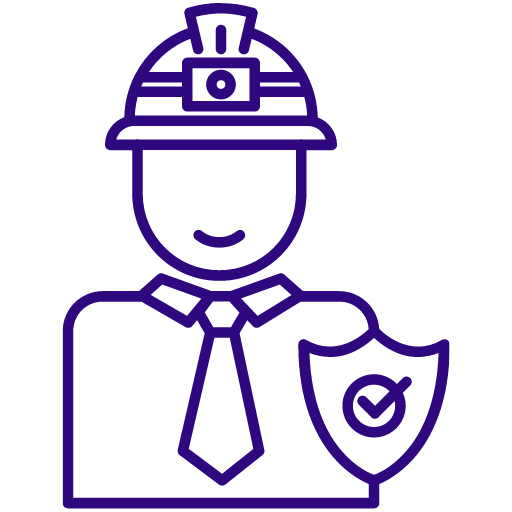
Health and Safety Training
VR-based simulations offer realistic training experiences for employees to learn safety procedures, emergency response protocols, and hazard recognition techniques. This improves safety awareness, reduces workplace accidents, and fosters a culture of safety within organizations.
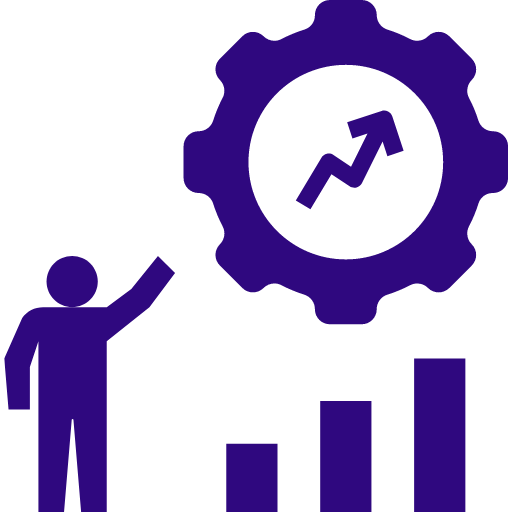
Increased Productivity and Efficiency
VR technologies streamline workflows, automate repetitive tasks, and provide intuitive interfaces for accessing information and performing tasks. This improves productivity, reduces errors, and optimizes resource utilization in various work processes.
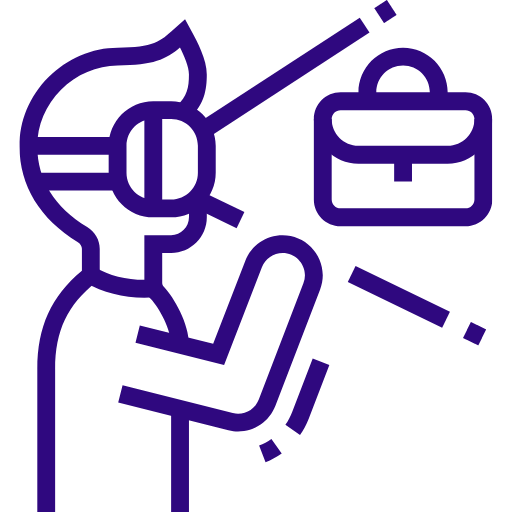
Remote Training and Upskilling
VR enables remote training and upskilling initiatives, allowing employees to access interactive learning modules, virtual classrooms, and hands-on simulations from anywhere with an internet connection. This expands access to training opportunities, promotes continuous learning, and supports professional development.
Use Cases
Explore Examples of VR Workforce Solutions
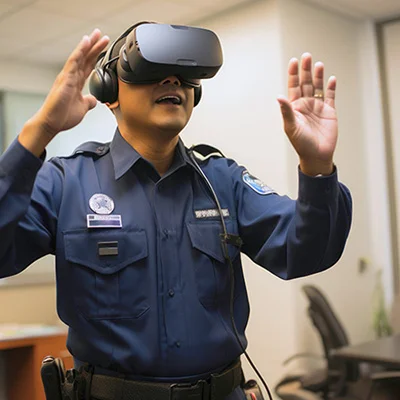
Emergency Services
Virtual Reality (VR) can be used to help prepare police for different situations that they may experience, like life-threatening situations. The police force in Fort Myers, Florida, uses Virtual Reality to help officers operate better under pressure and prepare for the worst. The simulation puts officers in life-threatening situations and helps them de-escalate the situation immediately.
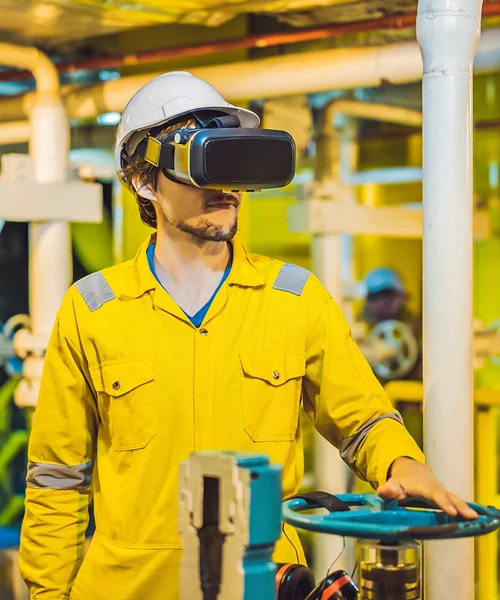
Offshore Jobs
Offshore jobs can be dangerous, especially if people are not adequately trained. It is crucial to work safely on offshore jobs and be prepared for different situations that may occur. Thus, Virtual Reality can help ensure that and help employees feel assured that they know what they are doing. For instance, BP uses Virtual Reality training to allow new employees to practice essential tasks and avoid the human era. It also helps them identify which part of the training has the most errors, so BP can improve the training and ensure employees are adequately trained. VR training allows employees working on oil rigs to be safer and more efficient.
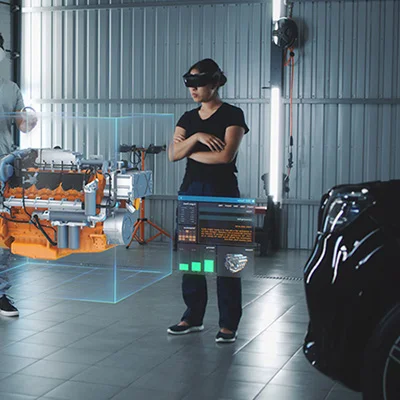
Automotive
Virtual Reality can be used to help train new employees to assemble cars or learn how to fix different issues on vehicles as well. Most of the automotive companies uses Virtual Reality to teach new employees how to assemble car parts, like doors and brakes. Also, they have an instructor in the room during training to give advice and points for improvement. This provides employees with hands-on training and increases the effectiveness of the training.

Retail
Employees trained using modernized methods that incorporate Virtual Reality are more likely to learn faster and more effectively. Some retailers utilize Virtual Reality simulations to train their staff in managing departments or addressing annual challenges like Black Friday. As a result, companies report that employees demonstrate better retention and understanding compared to traditional training methods. Therefore, modernizing employee training can significantly enhance overall performance.
Most Popular Packages for Workforce
Tolles Career Center and XR Guru
Comprehensive Career Exploration
Explore a Wide Range of Career Opportunities in a Hands-on VR Environment


For 5 users $4,499.95 - 12 months
View DetailsCatapallo VR
Career Readiness and Social Skills
Immersive VR Experiences Designed to Catapult Neurodiverse Youth into Independence

For 1 user $7,800.00 - 12 months
View DetailsState of TN DIDD and XR Guru
Career Exploration IDD
Explore Career Path Options and Find the Right Fit for You






For 5 users $4,999.75 - 6 months
View DetailsBodyswaps Ltd
Soft Skills Professional Development
Equip your Team with Skills to Succeed in any Professional Interaction

For 1 user $699.99 - 12 months
View DetailsFrequently Asked Questions
How do you use VR in the workplace?
Employees can use VR in the workplace to help them remain productive and engaged at work. Also, VR can help support employees and help them complete certain tasks.
What companies use VR to train employees?
Several companies in many different industries use VR to train employees. Some examples include retail, automotive, healthcare, military, etc. Therefore, most companies would find it beneficial to use VR for training.
Why do companies use VR?
Companies use VR to help make their organization more efficient, help their employees stay productive, and keep them satisfied. Here are some examples. Companies can use VR to help create prototypes and designs as this helps companies save money and time. In addition, companies use VR to help train their employees to ensure they feel confident in their position.
Why should companies invest in VR?
Companies should invest in VR because it can help increase brand awareness as it can help people recognize the brand. Also, investing helps companies collect data efficiently and can strengthen consumer relationships as VR can benefit consumers as well, and make their experience easier and more interactive.
How VR can help employees better perform their job?
VR can help with jobs by making jobs more accessible as employees can use it to work from anywhere and still collaborate with co-worker’s and participate in meetings. Also, VR can help employees enjoy their jobs more as they will be better prepared in their position using VR.
Do companies use VR for training?
Yes, several companies have had success using VR for training. One example is Walmart, which has trained more than 1 million employees with VR. Some of Walmart’s training include soft skills such as dealing with customers.
How can VR help in the workplace?
There are several ways VR can help in the workplace. Here are just a few. 1. Recruitment - With virtual reality, interviewing candidates will be easier. Companies can interview candidates from different parts of the world face-to-face using virtual meetings, where they can see and hear the candidate’s response and observe their body language. 2. Prototyping - Companies can use prototyping to assist in designing products and better analyzing functions of products. Thus, VR can help detect design problems and make modifications during the design process to avoid post-production complications.
How are companies using Virtual reality?
Companies are using virtual reality to increase connection and collaboration among co-workers and bosses that help improve communication about projects and improve productivity as well. How have virtual training methods impacted HR's role in employee development?
Virtual reality has made the HR role easier as HR can help new and current employees learn skills for their position faster with VR simulations. Also, VR makes it easier for HR to connect with employees and have open communication.
Can VR be used in the workplace?
Yes, VR can be used for work in several industries for things like employee training, assistance, product development, etc. Therefore, VR can be used in many different aspects of work. What is the potential of Virtual reality in the workplace?
The potential of virtual reality in the workplace is it will become a more productive and engaging environment for employees, which will cause employees to be happier and for work to get done faster.
How is VR used in the workplace?
VR is used in the workforce to help enhance the workplace in several ways. For instance, some employees may use VR to upgrade training, increase collaboration among co-workers, innovated marketing practices, and more efficient product development.
Is VR the future of work?
VR has the potential to change the workforce and help organizations get more things done. Also, work will be more accessible as VR provides effective ways for remote work that provides less distractions. Thus, VR could be the future of the workplace if more organizations see the benefits and adopt it into their work environment.
Why should an organization use Virtual reality?
Today, businesses are under pressure to reskill and upskill their workforces. Companies are now focused on new ways to train, engage, and retain people. Virtual reality is an effective tool that lowers cost, remove distance barriers, optimize productivity, enhance learning, and reduce errors.
Can you connect VR to a laptop?
VR headsets can be connected to a laptop. To learn how to do this, contact the maker of your VR headset.
How is Virtual reality changing the workplace?
Virtual reality is changing the workplace by changing the way organizations train their employees with VR and simulations now instead of manuals, presentations, and one-on-one training. In addition, it is also changing the way employees work as employees are becoming more involved and productive in their position than ever before.
How can Virtual reality help a company?
Virtual reality can help any company; it does not matter the industry. Some ways virtual reality can help a company is by reducing training costs and improving prototyping designs, help get projects done quicker, and VR can help create products faster as well.
How does Virtual reality training work?
Many times, virtual reality training is done by simulations, where trainees enter a 360-degree, active learning environment. In this environment trainees will practice different scenarios they may experience in their job, through simulations.
Why is Virtual reality training for employees becoming popular?
Virtual reality is becoming popular because during lockdowns, companies began to use it to stay connected with their employees. In addition, many companies realized how effective VR is in the workforce, and that it offers a lot of benefits.
How VR is used in training?
VR is used in training to help employees learn effectively and remember information for longer. As VR can stimulate lifelike scenarios that can help employees to practice and experience what their position in the workplace is like.



